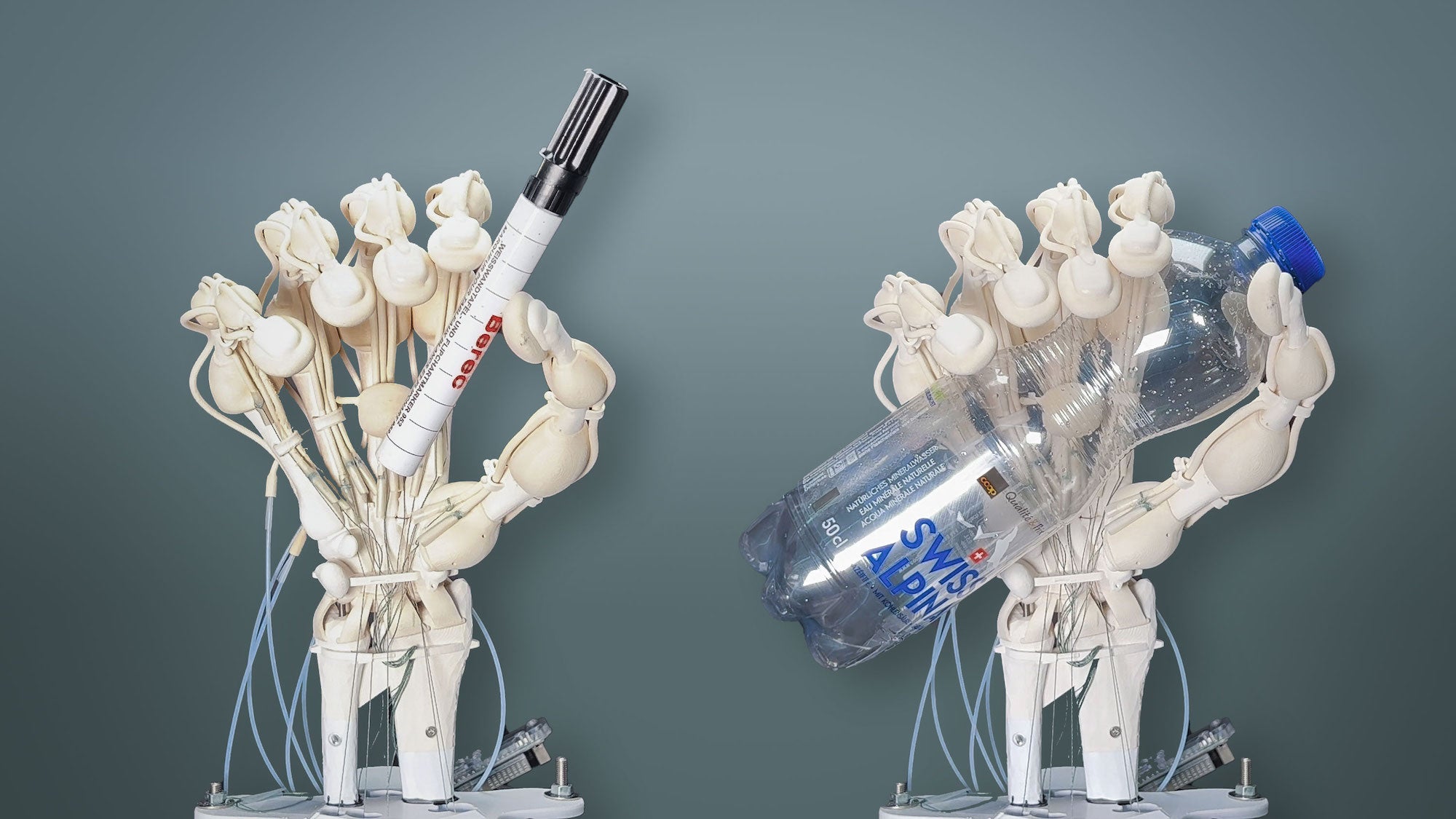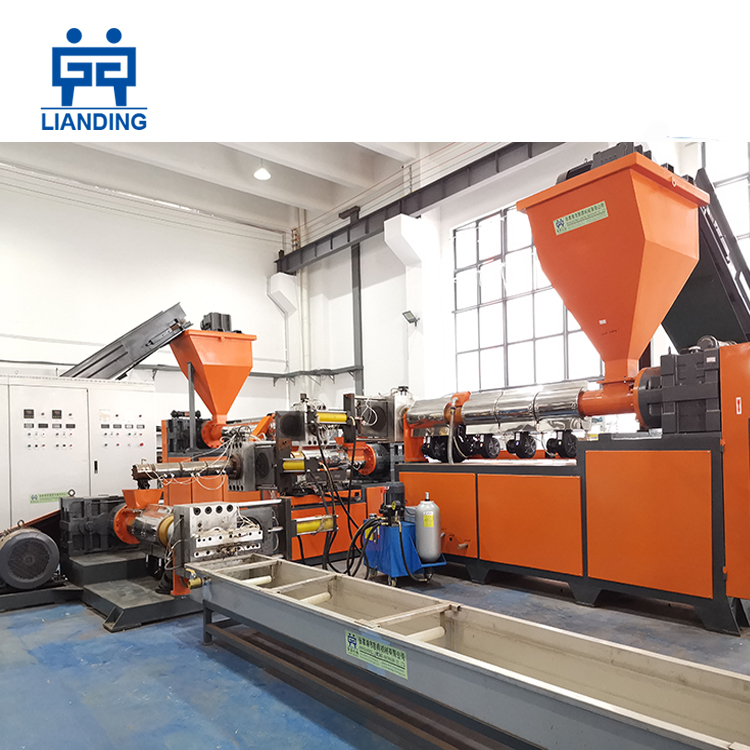
Digital art has revolutionized the world of creativity, offering artists limitless possibilities to express their visions. However, when it comes to printing digital art, choosing the right material is crucial to ensure the artwork's integrity and longevity. In this article, we delve into the realm of digital art printing and explore the best material to bring these masterpieces to life.
- The Importance of Material Selection:
Selecting the appropriate material for printing digital art is paramount to preserve the artist's intent and the artwork's visual impact. The material should enhance the colors, textures, and details of the digital creation while providing durability and longevity. - Canvas Prints:
Canvas has long been a popular choice for traditional art, and it seamlessly transitions into the digital realm. Canvas prints offer a classic and timeless look, resembling traditional paintings. They provide a textured surface that adds depth and dimension to the artwork. When combined with high-quality inks and printing techniques, canvas prints can faithfully reproduce the vibrant colors and intricate details of digital art. - Fine Art Paper:
For artists seeking a more refined and sophisticated look, fine art paper is an excellent choice. Fine art papers are specifically designed to showcase digital art with exceptional color accuracy and sharpness. These papers come in various textures and finishes, allowing artists to select the perfect surface that complements their artistic style. Fine art paper prints are often used for limited edition prints and exhibitions, adding a touch of exclusivity to the artwork. - Acrylic Prints:
Acrylic prints offer a modern and sleek presentation for digital art. The artwork is printed directly onto a high-quality acrylic sheet, resulting in a glossy and vibrant display. Acrylic prints provide excellent color saturation and sharpness, enhancing the visual impact of the artwork. The transparency of the acrylic sheet adds a sense of depth and luminosity to the printed image, creating a captivating viewing experience. - Metal Prints:
For a contemporary and industrial aesthetic, metal prints are an intriguing option. The artwork is infused onto a specially coated aluminum sheet, resulting in a vibrant and durable print. Metal prints offer exceptional color vibrancy, sharpness, and contrast. The reflective surface of the metal adds a unique dimension to the artwork, creating a captivating interplay between light and shadow.
Conclusion:
When it comes to printing digital art, the choice of material plays a pivotal role in bringing the artist's vision to life. Whether it's the classic elegance of canvas, the refined beauty of fine art paper, the modern allure of acrylic, or the contemporary edge of metal, each material offers its own unique characteristics. By carefully considering the desired aesthetic and the artwork's intended impact, artists can select the perfect medium to showcase their digital creations and captivate viewers for years to come.


